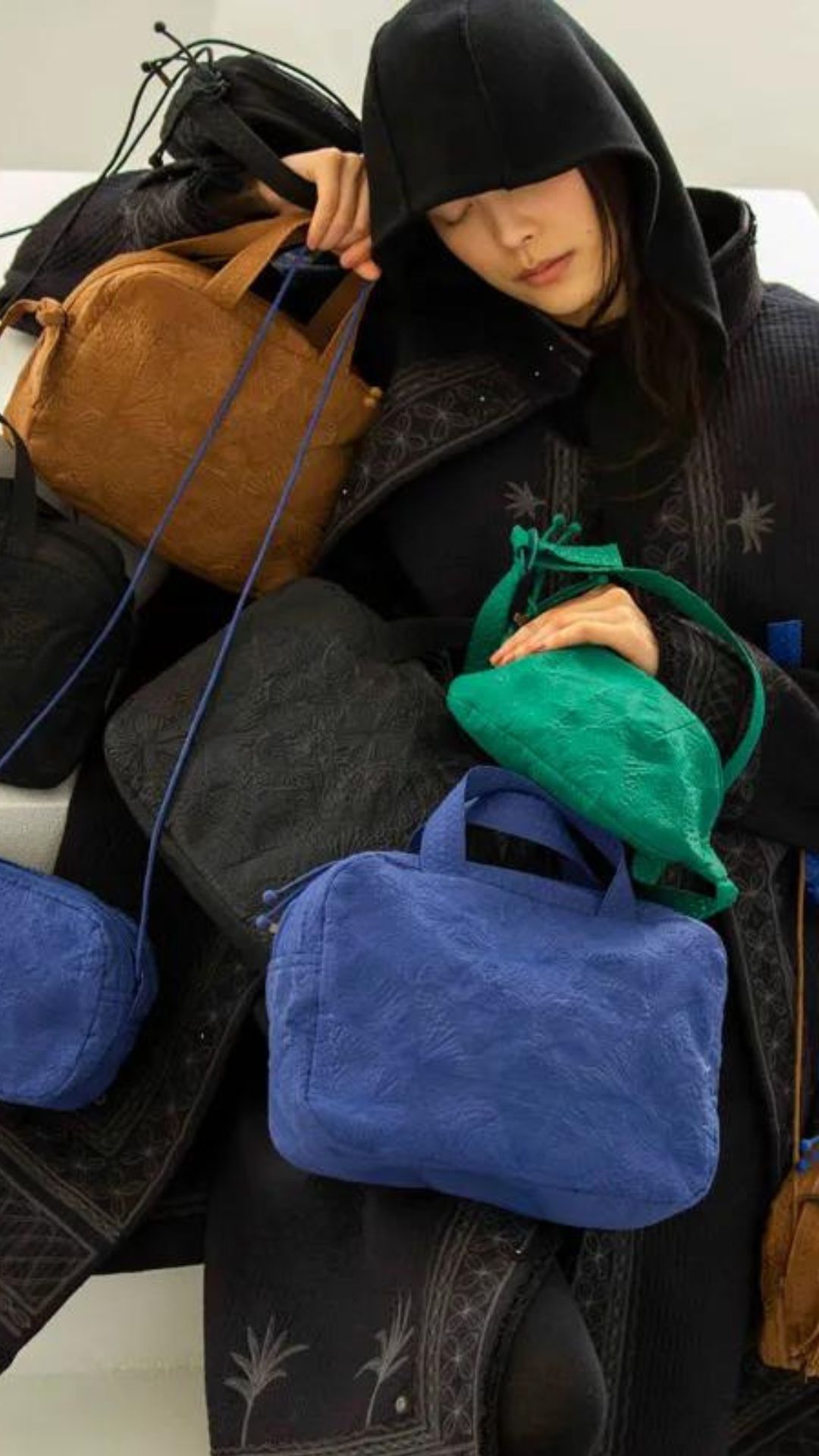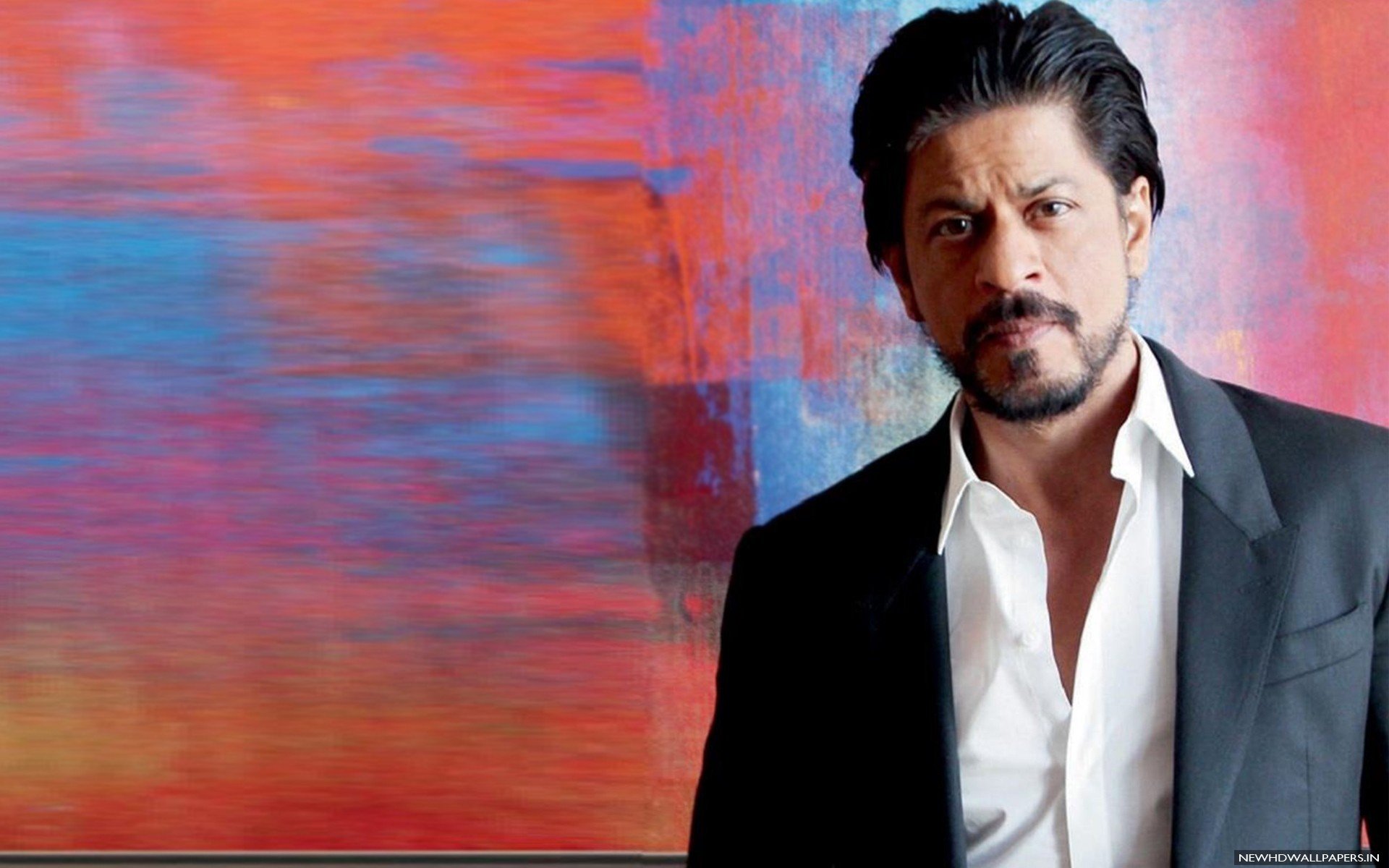
HaaT by Issey Miyake, a line of dress and sacks that mixes the specialties of India and Japan relaunches this week
Common sense design is amazingly worldwide. The status quo made and sold transfers all over the planet, consistently demonstrating that it is a widespread language with permeable boundaries. That shirt you wear by Pivot Birger Christensen is planned by the Danish architect in her Copenhagen studio, however made and created in Turkey. The Saloni dress that brings you ceaseless commendations has been motivated by Lodha’s movements through Thailand, planned in her atelier in London, and made by an aggregate of ladies in Jaipur. This is the transoceanic idea of design now.
So when we ran over a multicultural cooperation among India and Japan, highlighting the specialties of the two nations, we were not by any stretch shocked. Both Eastern nations have a long history of art – Japan gave us the shibori splash-color method (a nearby sister to India’s bandhani), and India’s khadi (handcrafted, handwoven texture) has on numerous occasions roused exceptional assortments all over the planet. Notwithstanding, the main astonishing component — that this cross-fertilization between Issey Miyake’s ‘HaaT’ and the craftsmans of a Gujrat-based studio who mesh the tales of India into a Japanese-developed piece of clothing, has gone revealed in the standard hitherto.
Makiko Minagawa, who was the late Issey Miyake’s right hand, working with him beginning around 1971, began HaaT, an assortment of garments by Issey Miyake, highlighting India’s special weavings, for example, Bhill, Dori and Kangi fastens, appeared inside the contemporary Miyake plan language, in 2000. Her tryst with India started when in 1983 the brand was entrusted with planning garments involving Indian materials for the Gallery of Beautiful Expressions in Paris that was praising the Extended time of India in France. With Mapu, Martand Singh as her directing voice, a universe of exceptional materials and specialties opened up to Minagawa-San. “I was moved by his presence and felt that such an individual couldn’t be tracked down in Japan,” she recalls for our meeting in front of the mark’s relaunch in London this week.
From beginning a mark devoted to the fragile dance of uniting two specialty universes, to facilitating a display show on Khadi at the Issey Miyake New York store in 2018, the veteran originator has made profound roots in the art societies of India. Here, she reveals insight into her remarkable excursion with the country.
POST A COMMENT
You must be logged in to post a comment.















